Reintroduction of quinoa into arid Chile: Cultivation of two lowland races under extremely low irrigation. http://dx.doi.org/10.1111/j.1439-037X.2008.00332.x
Revista : Journal of Agronomy and Crop ScienceVolumen : 195
Número : 1
Páginas : 1-10
Tipo de publicación : ISI Ir a publicación
Abstract
Annual rainfall in Chile at 30°S decreased from 170 to 70 mm in the last century,forcing a search for new low-rain adapted crops. Chenopodium quinoaWilld. was cultivated by pre-Hispanic cultures, but it disappeared in this regionsince the Spanish conquest. Two quinoa landraces (Don Javi and Palmilla)were re-introduced from lowlands of central Chile (34°S) evaluating seed saponincontent and grain yields under low irrigation. Replicated assays were conductedin two sites with distinct microclimates after august (end of the rains in2004 and 2005). Treatments included low (4075 mm) and high (150250 mm) irrigation and were distributed along the five cultivation months.Fertilization, with the humus of the worms, was carried out in the second season,as soils are poor in organic matter. Results showed significantly highersaponin content in the seeds of Don Javi landrace (1.2 %) with respect toPalmilla seeds (0.3 %). However, grain yields were not different between landracesunder the same treatments. Yields were instead affected by microclimate,irrigation and fertilization. Although higher yields corresponded with higherirrigation, 2.6 tons ha)1 was obtained under high irrigation, but surprisingly,also under low irrigation in the more humid site. Yields of 2006 harvesting season(ca. 7 tons ha)1) were higher than that of the previous season (ca. 5.5 tonsha)1), mainly because of the addition of organic matter. We suggest thatre-introduction of Quinoa in arid Chile is feasible even under the prevailingconditions of low rainfall and deficient soils, but better yields will need someirrigation and addition of organic matter.




 English
English
